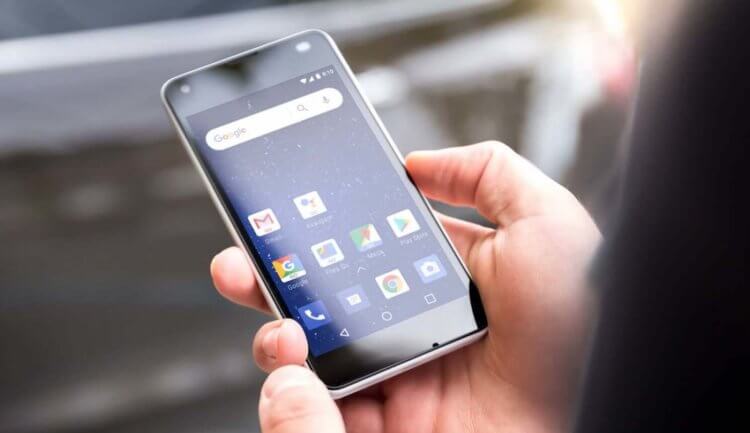The amount of RAM in modern smartphones has long reached the computer level. Therefore, now no one is particularly surprised when he hears about the release of the next device with 12 or 16 GB of RAM. In the end, everyone already understands that the manufacturer is simply trying to seem cool, although in fact this amount of memory is completely inapplicable. But if the maximum mark, above which manufacturers cannot increase the RAM of their smartphones, does not exist, then the minimum may soon appear.

Operativeness has always been important to Android, but behind the scenes. And now the era of publicity has arrived
First, a little excursion. Today Android – smartphones are divided into two segments: devices based on the classic version Android and devices based on the stripped-down Android Go. The first ones you know well. They are not subject to any special requirements or restrictions. But to the second – they apply, and how. Since these are entry-level devices, and the operating system for them is cut and lightened as much as possible, respectively, they do not need a powerful processor or a large amount of RAM. They even worked with 512 MB, which greatly influenced the 'average temperature in the hospital'.
RAM for phone

Now all smartphones with 2 GB of RAM and less will only work on Android Go
Starting from the 4th quarter of 2020, the minimum allowable amount of RAM for smartphones based on the classic Android will be 2 GB. This is stated in the explanatory documentation intended for manufacturers, which was at the disposal of colleagues from XDA. The new rule – of course, after it comes into force – will apply to devices compatible not only with Android 11, but also with Android 10. Thus, Google expects to significantly increase the coverage of devices covered by under the new requirement.
All smartphones with 2GB RAM or less will need to run Android Go. This is a key requirement for compatibility with Google Mobile Services (GMS), a suite of service tools and mechanisms to ensure that your device works properly. This opinion was formed due to the fact that Google plans to prohibit the installation of GMS on smartphones with less than the recommended amount of RAM. That is, in fact, it will be possible to roll onto the device a stock version of the operating system, cleared of Google services. But to make it work properly, download applications from Google Play, etc. – not anymore.
How much RAM do you need in 2020

It's best not to waste time on trifles and take a smartphone with 6-8 GB of RAM
Despite the fact that the new requirement looks somehow untimely, because there are almost no smartphones left on the market even with 3 GB of RAM, not to mention 2 GB, it can be considered both a guide to action for manufacturers and advice for consumers who choose a new device. After all, if 2 GB of RAM is the standard for devices based on Android Go, then 3 GB is already the minimum threshold that should be crossed if possible. Simply put, with the introduction of the new rule, it will be easier for users to navigate the characteristics when choosing a new smartphone and strive to buy devices with the maximum possible amount of RAM.
But, in fairness, it should be noted that everything depends on optimization. The same Pixel 4, with its 4 GB of RAM, works more than properly and demonstrates itself in no way worse than the Galaxy S20 Ultra, which in its top configuration has a whopping 16 GB of RAM. Why does he need so much, only Samsung knows. After all, it is banal to apply such a volume of RAM in real operating conditions. Therefore, I would recommend starting from the average indicators and choosing a smartphone with 6-8 GB of volatile memory. As they say, in reserve.
